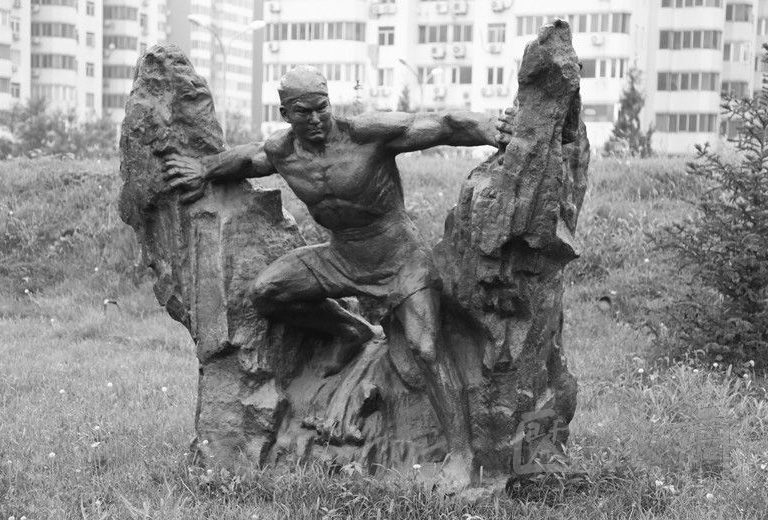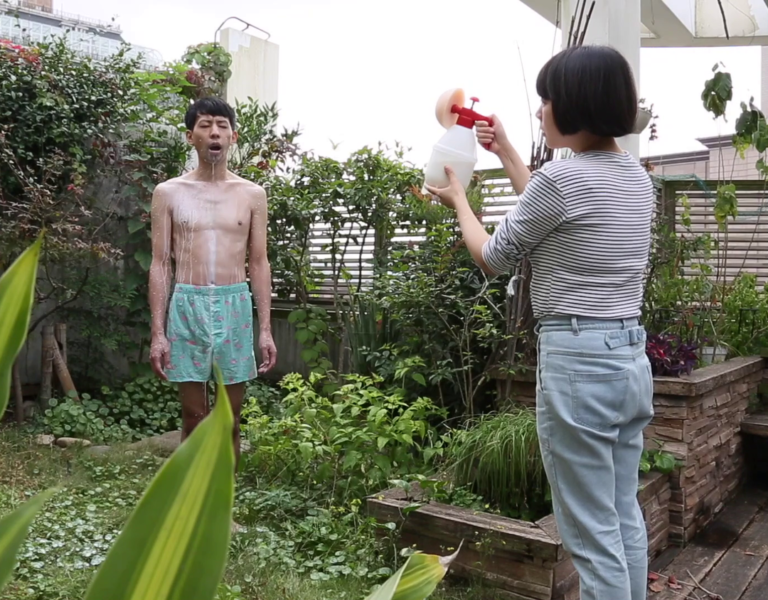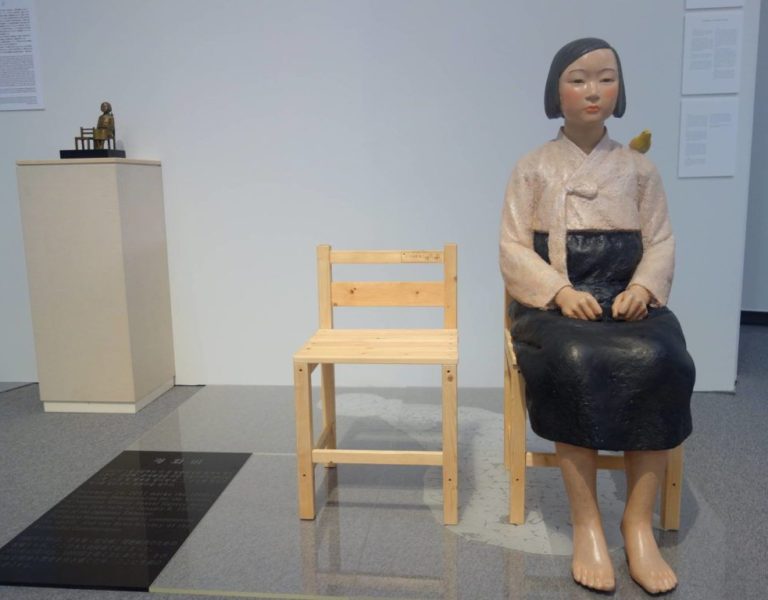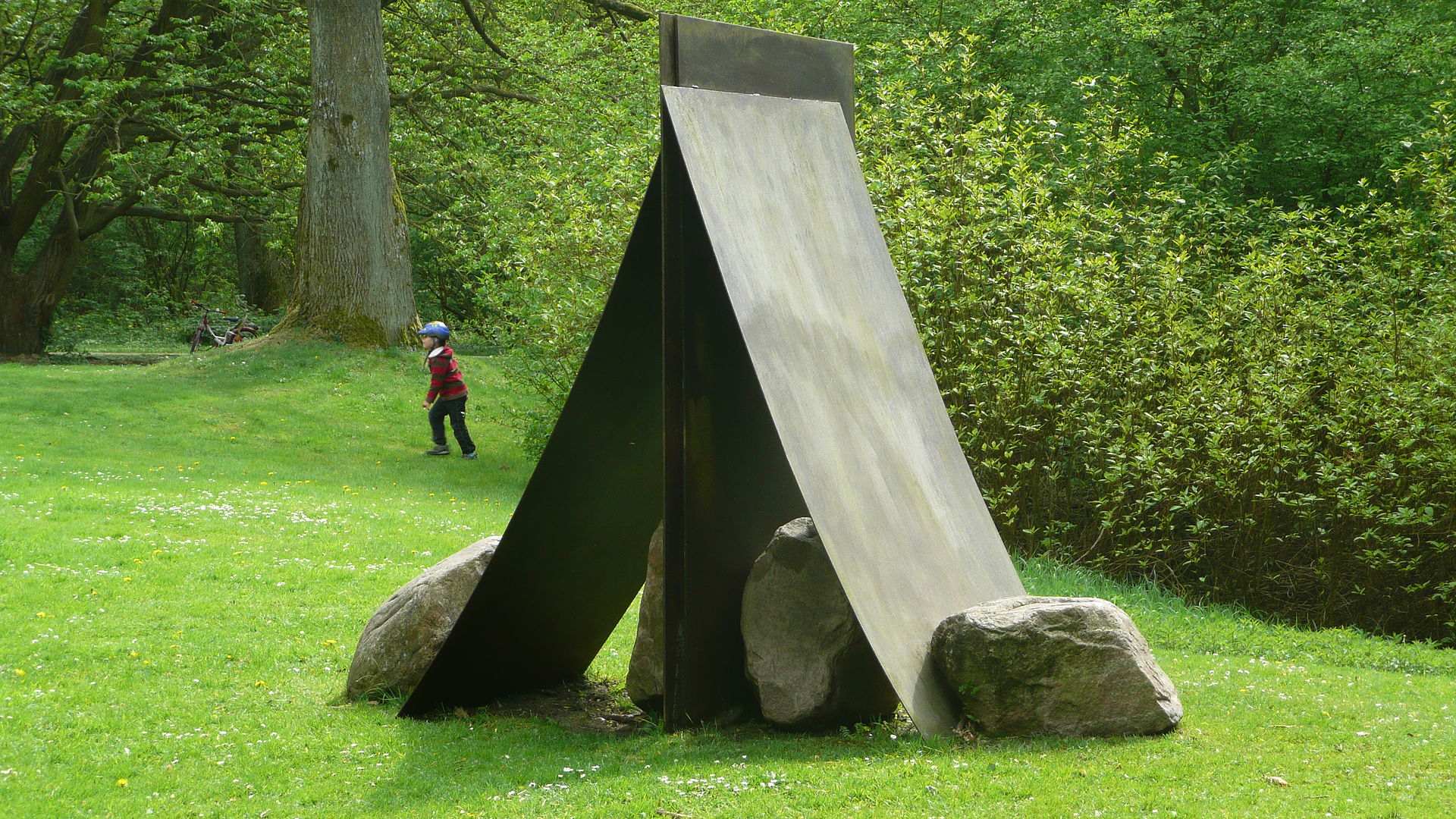Liu Chiming was a Chinese sculpture born in 1973 and died in 2010 at age 84. He attended and graduated from the Central Academy of Fine Arts. He sculpted figures of ordinary people he met, such as villagers,
factory workers, herders and local opera performers. His work showed the simple and warm life of ordinary people in China thus his artworks kept the Chinese character which is usually forgotten by other recent sculpture artists from China. https://www.youtube.com/watch?v=2JnrQklQeT8






